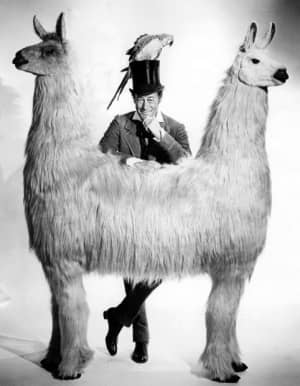Prompted by this thread:
 www.pedelecs.co.uk
www.pedelecs.co.uk
...I'm wondering if any cadence sensored hub motor controllers are capable of activating pedal assist when ghost pedalling backwards as well as forwards, because it strikes me this would be an advatage for hill starts - one reason why many are keen on throttles. Anyone can pedal backwards with ease. Legal too perhaps, because effort however small is required to backpedal? Also, standing starts would be easier if you've happened to have stopped on too high a gear, which is another situation when a throttle would come in handy (not a problem for my Dahon 20" wheeled BBS01B mid-drive folding bike conversion). Would ghostly backpedalling be easier on the knees, for those with severe knee problems? Could a huge boost of up to a legal 2000W be activated from a standing start by backpedalling fast? Drivetrain would last ages with low force backpedalling. Could get by with one gear? Ebrake cutoff would make things safer in case of accidental motor activation. Made safe by ebrakes, with a sufficiently powerful controller and large capacity battery, very long motor run-on for effortless forward travel, with the occasional ghostly extremely low effort backpedal to keep pedal "Assist" activated would be possible regardless of incline. Sounds to me a relaxing prospect, for when I inevitably in time become too feeble to put even the small amount of effort required to activate the pedal assist of my present ebike. Can KT controllers do this, or will it require custom firmware and/or controller? If ghost pedalling a cadence sensored hub motor is only possible in one direction, perhaps a Golden Age of extremely low effort ghost backpedalling ebikes could commence? Ideally backwards and forwards. Asking because I don't know anything whatsoever about these mysterious hub motor things, with their arcane WTF PLC settings.
The Guerney Throttleless Bi-directional Superlazy Pushmepullyou GhostPedallator™®©℠ is invented!

Technical Question
Just so I can understand these better can someone answer this question. Whats the Difference between a 6 pole PAS disc turning fast and a 12 pole turning slow. It matters or it did on my project, but how does it know If you have the wrong count of magnets? Is there some sort of pulse to say...
...I'm wondering if any cadence sensored hub motor controllers are capable of activating pedal assist when ghost pedalling backwards as well as forwards, because it strikes me this would be an advatage for hill starts - one reason why many are keen on throttles. Anyone can pedal backwards with ease. Legal too perhaps, because effort however small is required to backpedal? Also, standing starts would be easier if you've happened to have stopped on too high a gear, which is another situation when a throttle would come in handy (not a problem for my Dahon 20" wheeled BBS01B mid-drive folding bike conversion). Would ghostly backpedalling be easier on the knees, for those with severe knee problems? Could a huge boost of up to a legal 2000W be activated from a standing start by backpedalling fast? Drivetrain would last ages with low force backpedalling. Could get by with one gear? Ebrake cutoff would make things safer in case of accidental motor activation. Made safe by ebrakes, with a sufficiently powerful controller and large capacity battery, very long motor run-on for effortless forward travel, with the occasional ghostly extremely low effort backpedal to keep pedal "Assist" activated would be possible regardless of incline. Sounds to me a relaxing prospect, for when I inevitably in time become too feeble to put even the small amount of effort required to activate the pedal assist of my present ebike. Can KT controllers do this, or will it require custom firmware and/or controller? If ghost pedalling a cadence sensored hub motor is only possible in one direction, perhaps a Golden Age of extremely low effort ghost backpedalling ebikes could commence? Ideally backwards and forwards. Asking because I don't know anything whatsoever about these mysterious hub motor things, with their arcane WTF PLC settings.
The Guerney Throttleless Bi-directional Superlazy Pushmepullyou GhostPedallator™®©℠ is invented!

Last edited:








